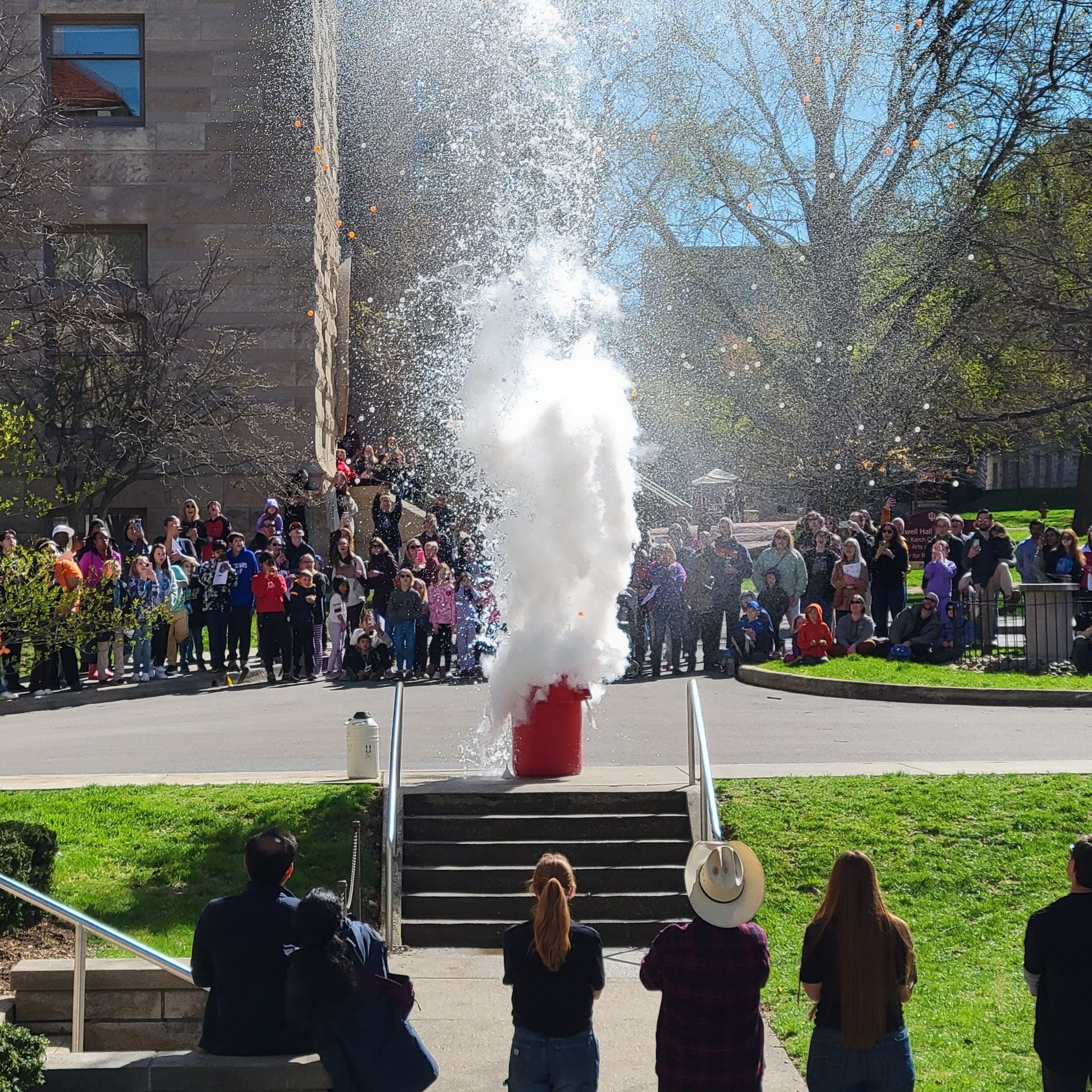![[A black woman sitting a room, her chin resting in her hand, looking pensive.]](https://blogs.iu.edu/sciu/files/2025/02/blog-image-2.png)
In Part 1, I explored how systemic racism and racial disparities shape paranoia, particularly among Black Americans. If you missed it, I highly recommend giving it a read—it lays the foundation for what I’ll discuss here. In this second installment, I’ll focus on how systemic biases influence the diagnosis of paranoia and mental health, and why culturally informed assessments are essential for delivering care that’s not just accurate, but empathetic and effectively attuned to reality for people of color…
Cutting-Edge Science at IU
Beyond the surface: Understanding paranoia through racial disparities and systemic influences (Part 1)
![[A Black man lying in bed, staring at the ceiling, appearing deep in thought or contemplation.]](https://blogs.iu.edu/sciu/files/2025/01/featured-image-png.png)
Paranoia often conjures images of extreme beliefs: people out to get you, conspiring against you, or plotting harm. However, paranoia isn’t always that extreme—it exists on a spectrum, ranging from fleeting concerns about social judgment to full-blown persecutory delusions (fixed beliefs that you’re being targeted despite evidence to the contrary [Freeman et al., 2005]). Research shows that 30-40% of young adults experience some degree of paranoia, often tied to social anxiety or fears of negative evaluation…
Science Fest: Eclipse edition

![[Image of a large red bin serving as a makeshift volcano for an engaging science experiment.]](https://blogs.iu.edu/sciu/files/2024/04/20240406_110330-ae2c47918a48ae41-e1712463443292.jpg)
Once a year, Indiana University-Bloomington proudly hosts Science Fest, a vibrant occasion designed to share the wonders of science with the public. This year, in an exciting shift, Science Fest was moved to the spring to celebrate the Total Solar Eclipse happening in Bloomington, IN!…
Graphene: A single-layer magic material
![[A top view of the crystal structure of graphene. The carbon atoms occupy the vertices of the hexagons, which collectively form a honeycomb pattern.]](https://blogs.iu.edu/sciu/files/2023/09/Graphene.svg.png)
You’re likely familiar with graphite: the chalky gray material we often refer to as pencil lead. In recent years, graphite has been making headlines due to increased interest in its younger sibling: graphene, lauded as a supermaterial of the new age for properties that hold out the promise of novel technological feats. Graphene has the potential to replace silicon-based computer chips, improve the performance of touchscreens, realize ultra-sensitive biometric sensor devices, and even faster charging and increased storage capacity in batteries and capacitors…
Switching it up: Using sneaker culture to teach chemistry to PEERs
![[Jakyra Simpson Posing with Sneakers and Chemistry Props.]](https://blogs.iu.edu/sciu/files/2023/07/IMG_1882.jpg)
When you look at the statistics of the amount of underrepresented, underserved, and marginalized students pursuing Chemistry degrees. As it’s been said, “The Math ain’t Mathin’,” and there is, therefore, a need to incorporate new teaching styles (pedagogies) that are inclusive and culturally relevant…
Who makes the longest sperm on Earth?
![[Two large sperm cells are coiled up next to each other within a male’s testis (photo by Romano Dallai).]](https://blogs.iu.edu/sciu/files/2023/02/bifurca_sperm.jpg)
The drive to reproduce has led to many of the flashiest traits observed in nature. For instance, male deer use antlers to fight one another for access to female mates, while male peacocks display their extravagant tails to impress peahens. These are examples of sexually selected traits, or traits that increase reproductive success. Sexually selected traits evolve because they increase “fitness”…
Can we climb mountains on neutron stars?
![[Mount Everest.]](https://blogs.iu.edu/sciu/files/2023/02/ben-gao-EeITZDXMb0M-unsplash-2.jpg)
Each year around a thousand people attempt to reach the peak of Mount Everest, which is the tallest mountain on Earth, rising up approximately 9 km above sea level. In Mars, the mountain Olympus Mons goes up about 22 km, which more than doubles the height of Mount Everest. Furthermore, Galileo Galilei observed that the Moon also has mountains. What about mountains on other types of astrophysical bodies? How tall are they? Can we climb them?…
ScIU update: We’re back!

![[ScIU logo.]](https://blogs.iu.edu/sciu/files/2017/10/black-logo-12sqpzg.png)
Dear Reader,
As you may have noticed, ScIU took a period of hiatus over the summer. It was a tough decision since, without missing a single week, ScIU has published a weekly blog post about science and the humans involved in scientific endeavors since the blog’s formation in 2016. At this point, ScIU has published more than 300 posts by IU graduate students, postdoctoral researchers, and undergraduate students from all different fields, from geology to physics, from psychology to chemistry, from ecology to linguistics…
The power of quantum computing: Parallelism
![[A spinning coin is analogous to the behavior of a qubit in a superposition.]](https://blogs.iu.edu/sciu/files/2019/05/unnamed.jpg)
Tech companies are going big in a microscopic way, pouring millions of dollars into a new form of computing: quantum computing. Quantum computers will revolutionize drug research, material discovery, and artificial intelligence by solving complex problems in a new way. To understand this, let’s review how normal computers solve problems and compare this to how a quantum computer would do it…
A beginner’s guide to Bloomington birds
![[Two round cardinals grip onto two iron bars.]](https://blogs.iu.edu/sciu/files/2022/03/Female-and-male-cardinal.jpg)
Step outside in Southern Indiana and you’ll be greeted by a symphony of chirps, calls, and songs from a myriad of local birds. Home to over 400 species, Indiana is a birder’s paradise. Warblers, eagles, and owls alike call Bloomington home and are frequently spotted on the campus of IU Bloomington. Birds are a vibrant part of Bloomington culture, so it’s worth getting to know a few…